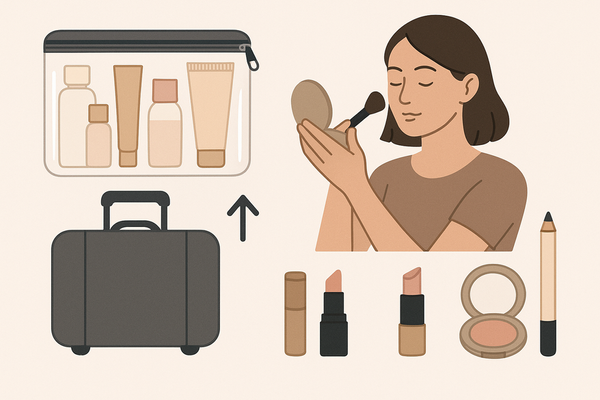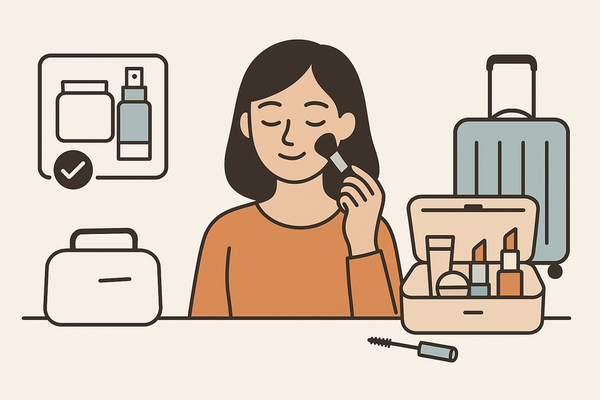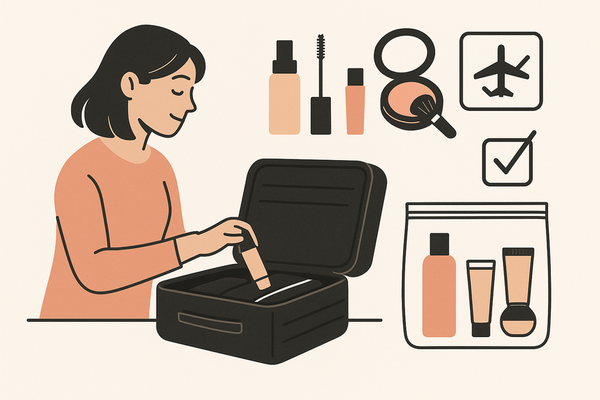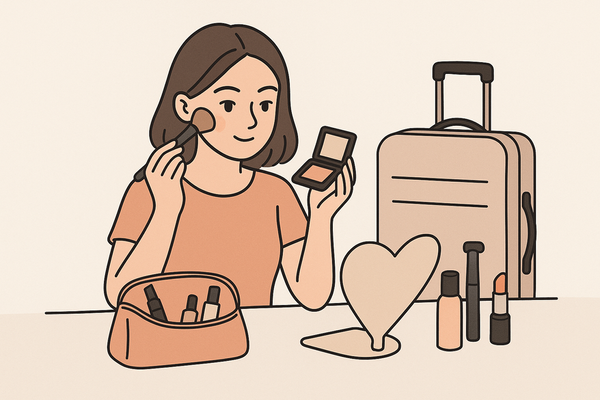AI Makeup App Wearable Connectivity: The Future of Personalized Beauty
Explore AI makeup app wearable connectivity, combining AI with wearables for personalized beauty solutions, offering real-time, data-driven makeup recommendations.
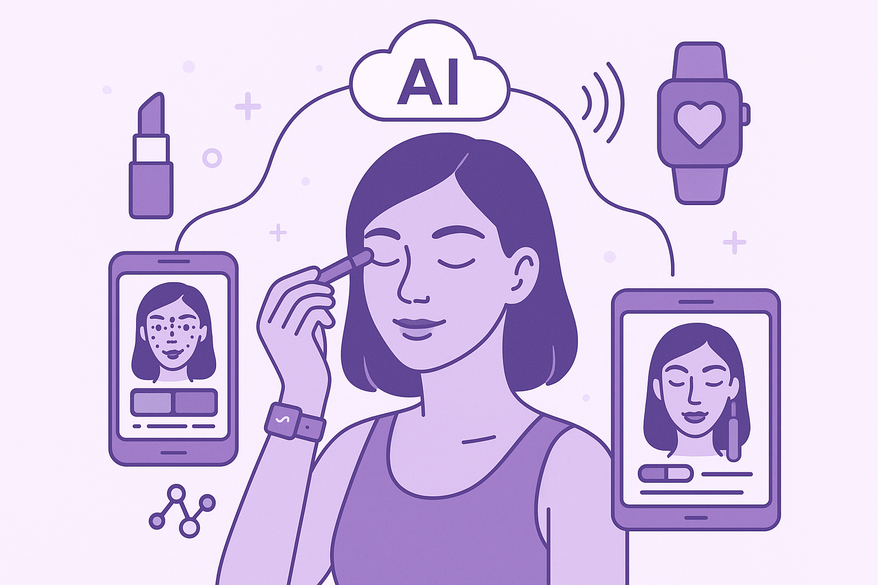
Estimated reading time: 7 minutes
Key Takeaways
- AI-driven makeup apps integrate with wearables to deliver hyper-personalized, real-time beauty recommendations.
- Wearable sensors track key metrics like skin hydration and UV exposure to inform dynamic makeup suggestions.
- Integration enhances user experience through AR virtual try-on, interactive tutorials and proactive adjustments.
- Technical and privacy challenges include reliable data syncing, battery constraints and rigorous encryption standards.
Table of Contents
- Background on AI Makeup Apps
- The Role of Wearable Technology
- Integrating AI Makeup Apps with Wearable Connectivity
- Benefits and User Experience
- Challenges and Considerations
- Future Trends and Innovations
- Conclusion
- FAQ
ai makeup app wearable connectivity represents the seamless fusion of artificial intelligence–driven makeup guidance with live data from wearables. By merging advanced algorithms with sensor feedback, beauty enthusiasts gain truly personalized tips that adapt to their unique profiles.
As AI revolutionizes the beauty industry, consumers demand data-driven and convenient solutions. Wearables now monitor hydration, UV exposure and more—feeding insights directly into virtual makeup apps and closing the loop between sensing and styling.
In this article, we explore:
- How AI makeup apps analyze facial features and preferences.
- The role of wearable sensors in tracking skin and environmental metrics.
- Integration mechanics that power real-time adjustments.
- Benefits, user experiences, and the hurdles of connectivity and privacy.
For example, Makeup Check AI showcases how an AI-driven makeup generator pairs with wearable sensors for on-the-go, personalized advice.
Background on AI Makeup Apps
An AI makeup app is a mobile or web application that uses machine learning to scan your face, identify contours and skin tone, and deliver custom product recommendations. Through face detection and skin tone classification, such apps offer virtual beautification that aligns with your personal style and preferences.
Core Technologies
- Face detection via computer vision: Cameras capture facial landmarks like eyes, lips and cheeks.
- Skin tone classification using convolutional neural networks (CNNs): Algorithms match undertones for accurate shade selection.
- Preference learning from user history: Machine learning refines suggestions based on past choices.
AI’s Impact on Beauty
- Individualized recommendations reduce product mismatches and returns.
- AR-powered virtual try-ons lower waste and boost confidence before purchase.
- Data-driven insights spur brand innovation and new product launches.
For a deeper look at the step-by-step workflow behind these apps, explore detailed guides online.
The Role of Wearable Technology
Wearable devices—such as smartwatches, fitness trackers and smart mirrors—come equipped with sensors that monitor heart rate, sleep quality, UV exposure and skin hydration. These gadgets continuously collect data, laying the foundation for personalized beauty insights.
Wearable Connectivity
- Instant syncing over Bluetooth or Wi-Fi for real-time feedback loops.
- Cloud integration for long-term storage and advanced analysis.
- Interoperability across diverse apps and operating systems.
By connecting sensors to makeup apps, users receive proactive beauty tips. For instance, if UV levels spike, the app can recommend a higher-SPF foundation.
Discover more on wearable tech integrations in beauty routines.
Integrating AI Makeup Apps with Wearable Connectivity
Integration Mechanics
- Real-time sensor feed: Wearables send hydration, ambient light and UV data directly to AI models.
- Dynamic formula shifts: Low hydration triggers moisturizer-rich foundation suggestions.
- AR-driven try-on: Wearable sensors calibrate overlays for accurate color and texture matching via virtual makeup try-on.
- Historical data fusion: Combining past and present readings fine-tunes product mixes.
Use-Case Examples
- L’Oréal Perso: A smart device using skin and environmental sensors to dispense custom foundation and lipstick.
- Smart mirrors: Sync with wearables to adjust lighting and suggest routines based on daily skin metrics.
Benefits and User Experience
Key Advantages
- Hyper-personalized suggestions react to biological and environmental changes.
- Interactive AR tutorials enriched by live sensor feedback.
- Automated shade matching and layering boost productivity.
- On-the-go guidance via wearable notifications reduces guesswork.
Impact on Application
- Minimizes product mismatches and skin irritation risks.
- Promotes sustainability by reducing makeup waste.
Challenges and Considerations
Technical Hurdles
- Reliable data syncing over Bluetooth/Wi-Fi can be inconsistent.
- Continuous monitoring and AR strain device battery life.
- Compatibility across iOS, Android and wearable OS is complex.
Privacy & Security
- End-to-end encryption is vital for sensitive biometric data.
- Transparent opt-in processes and clear policies build user trust.
- Compliance with GDPR, CCPA and industry regulations is non-negotiable.
Future Trends and Innovations
- Immersive AR overlays powered by live sensor streams.
- Next-gen sensors detecting deeper biomarkers like pH and sebum.
- Voice-controlled makeup routines via smart speakers and wearables.
- Growth in AI-beauty convergence driving new business models.
Conclusion
ai makeup app wearable connectivity blends AI-driven makeup recommendations, mobile apps and wearable sensors to create a data-centric beauty experience. We covered core technologies, real-world integrations like L’Oréal Perso and smart mirrors, and the advantages of hyper-personalization, convenience and sustainability. We also highlighted challenges in connectivity, battery life and privacy, and peered into future innovations such as advanced biomarker detection and immersive AR.
By leveraging connected makeup apps and wearables, beauty enthusiasts can elevate their routine with real-time, tailored advice. Embrace this fusion of technology to achieve effortless and precise makeup application.
Call to Action: Try a connected makeup app today and sync it with your wearable for next-level personalization.
FAQ
What exactly is AI makeup app wearable connectivity?
It’s the integration of AI-powered makeup applications with data from wearable sensors, enabling real-time, personalized beauty recommendations based on metrics like skin hydration and UV exposure.
How do wearable sensors improve makeup suggestions?
They provide live data—such as moisture levels and environmental conditions—that AI algorithms use to adjust product formulas and application steps on the fly.
What are common challenges when connecting wearables to makeup apps?
Issues include unreliable Bluetooth/Wi-Fi syncing, increased battery drain from continuous monitoring and ensuring software compatibility across multiple platforms.
Is my data secure with these connected beauty systems?
Reputable apps implement end-to-end encryption, transparent consent flows and comply with regulations like GDPR and CCPA to protect user privacy.

